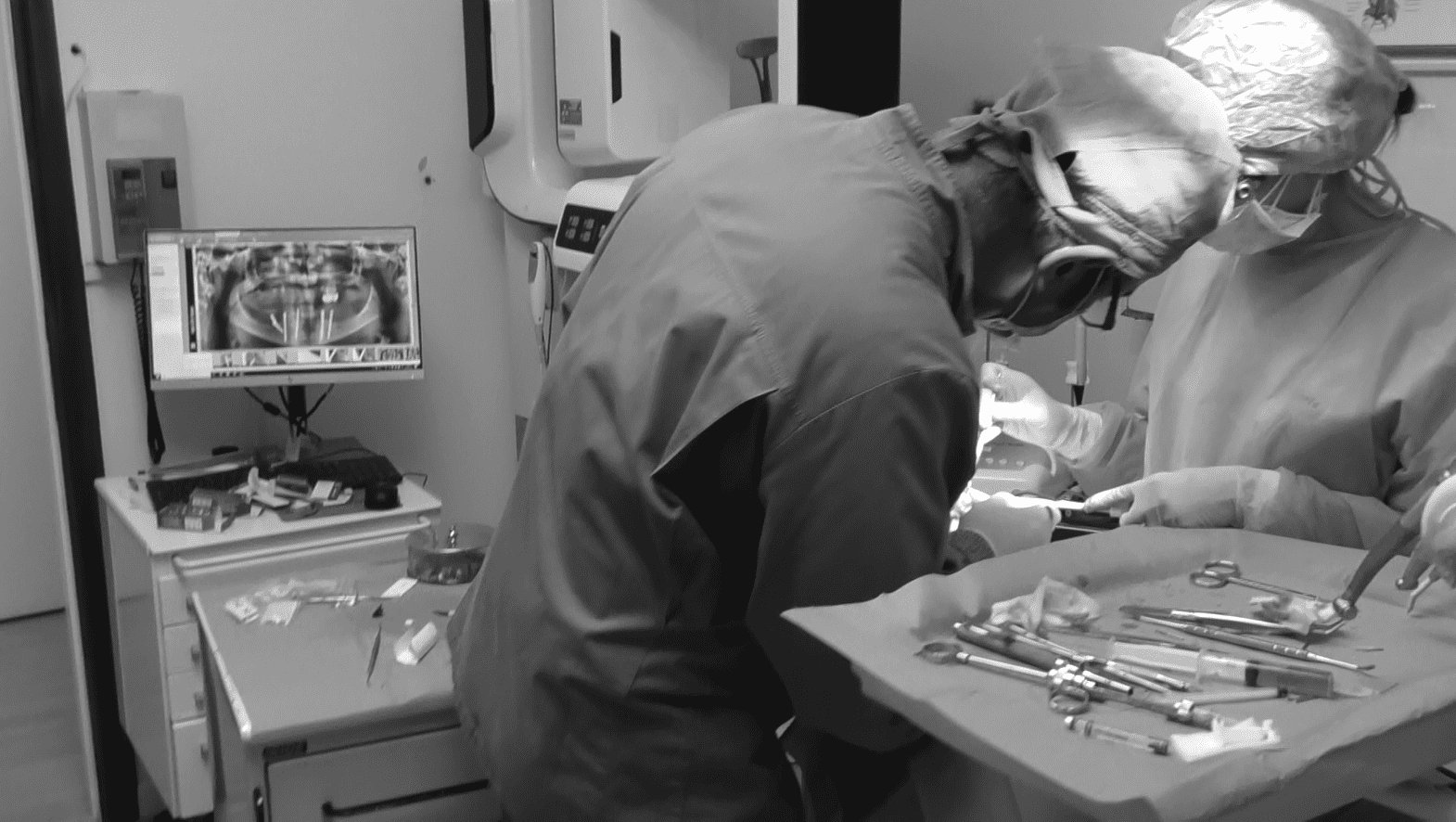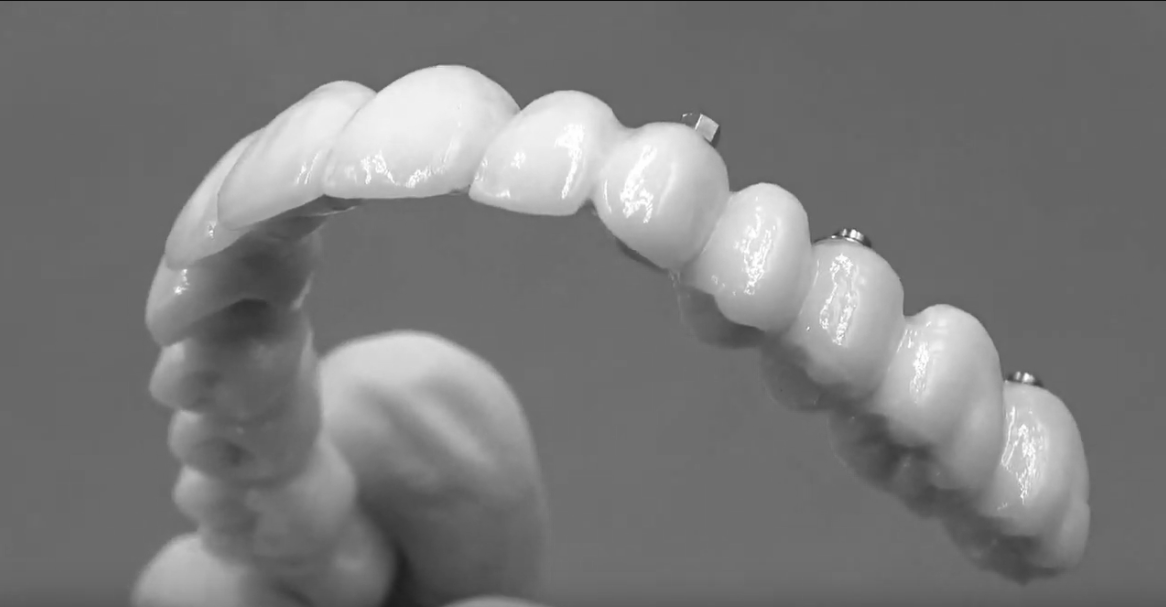Here is a comparison between the All-on-4 system and the Galileus Cerclage Sinus® technique on various aspects: Support distribution, mastication function occlusion, final aesthetics.
Support for mastication:
- All-on-4:
- Provides adequate support for chewing thanks to the presence of four strategically placed implants in areas of greater bone density.
- Galileus Cerclage Sinus®:
- Provides support for chewing through the use of a four-pillar structure surrounding the atrophic upper jaw, providing a stable base for a fixed prosthesis.
Support along the entire perimetral axis of the upper jaw:
- All-on-4:
- Implants are primarily placed in the anterior part of the upper jaw, providing support along the anteroposterior axis.
- Galileus Cerclage Sinus®:
- The Galileus Cerclage Sinus® technique provides support along the entire perimetral axis of the upper jaw, thanks to the uniform arrangement of pillars along the jaw perimeter.
Mastication function and occlusion:
- All-on-4:
- Provides adequate mastication function, but occlusion may be influenced by the position of the implants and the stability of the prosthesis.
- Galileus Cerclage Sinus®:
- Ensures better distribution of chewing loads across the entire upper jaw arch, contributing to improved mastication function and occlusion.
Natural aesthetics of the fixed prosthesis:
- All-on-4:
- May provide a natural aesthetic appearance, but the prosthesis may feature artificial gum covering the base of the implants.
- Galileus Cerclage Sinus®:
- Offers uncompromised natural aesthetics, with a fixed prosthesis that does not include artificial gum, ensuring a natural and convincing smile.
In conclusion, both All-on-4 and the Galileus Cerclage Sinus® technique are valid options for treating severe upper jaw atrophies. However, Galileus Cerclage Sinus® offers some significant advantages, such as support along the entire perimetral axis of the upper jaw and uncompromised aesthetics with a fixed prosthesis free of artificial gum. The choice between the two will depend on the specific needs of the patient and the preferences of the surgeon.







